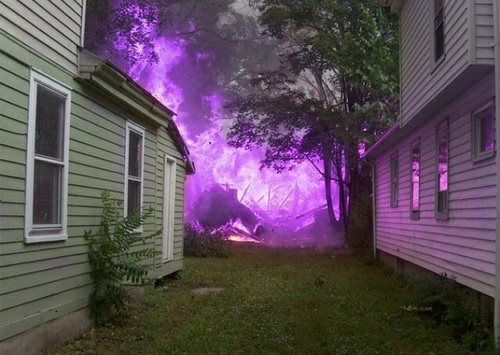Text
1. “Raven” was an occasionally-encountered name for a girl in the contemporary period, and “Ebony” would be at least recognizable as a name. The other elements of this name are flatly atypical.
2. During this part of the War Period, this character’s hairstyle would not be considered shocking, but it would be viewed as garish and nonconformist.
3. A contemporary music performer known for a melancholy style of music and a gothic and dramatic aesthetic. The title of the work probably comes from one of her songs. However, her aesthetic and attitude has little in common with that in this work, being much more conventional and less garish.
4. A member of the contemporary band “My Chemical Romance”, also notable for a “gothic”, melancholy, and macabre aesthetic
5. i.e. the speaker considers him to be handsome and attractive; despite the pornographic material later in this work, the word “f_______” is here used only as an expletive.
6. Vampires as romantic figures had been increasing in popularity over this period, with a trend away from malicious monsters towards seductive but more benevolent figures, romanticized by their capability of being terrible.
7. Strangely, despite the characterization of this character as a Satanist, “witch” should here be characterized as having meaning similar to “wizard” and not “idolater”, “sorceress”, “maleficar”, or other practitioner of what we today recognize as “witchcraft”. The background material to this work constantly faced accusations of being satanic by an uneducated reactionary public to whom the difference between technology, wizardry and witchcraft was not meaningful (”witch” was sometimes even considered a female equivalent to “wizard”!), which completely failed to diminish its popularity.
8. It is important to understand that “goth” as an aesthetic, counterculture or subculture had a completely different meaning in the contemporary period than it does today – what remains similar is the love of the melancholy, the macabre, the dramatic, the romantic, and contempt for conventionalism. In the mid-to-early-late War Period, “Gothic” people were associated with contempt for morality, certain types of sexual display (usually of a shocking and sometimes fetishistic type), various forms of concupiscence, and a fairly significant connection to the occult and even to outright Satanism, though the latter was all but universally an affectation (this is true of most Mid War Period satanism). See contrast on p 321, The Gothic Movement In the Catholic Church. Moreover, the “gothic” aesthetic as described by this character is a stunted and over-the-top form that has also been corrupted by the counterculture-commericalism that was universal in the Late War Period.
9. A clothing store mostly specializing in counterculture-commercialized and faddist apparel. Critics accused it of being a mercantile vulture that fed by turning more honest and vivacious countercultures into fads.
10. It was almost unheard-of for women in the Mid or Late War Period to wear corsets, but they appeared in the Gothic subculture (which itself heavily borrowed from sources such as Victorian-era clothing, including mourning dress). However, what Enoby is describing is probably not actually a true corset, but a “corset top”, which is essentially a laced bodice. Either would be worn with neither chemise nor overblouse.
11. Probably a nondraped skirt that barely passes her wrist.
12. Hose, stockings, or tights in the form of a wide-open mesh
13. Probably not actually military issue boots; these were tall, heavy black leather boots with lacing all the way up.
14. This character’s outfit would be considered inappropriate for school in the Late War Period, but not shocking to Late War Period mores except by its garishness.
15. Originally meant students at a university-preparatory school; with the extremely high percentage of students seeking to attend university in the Late War Period, this came to mean a subculture of young people who adopted a highly conventionalistic and professionalistic attitude and sought admission to the prestigious and traditionalistic universities in the Eastern United States, often without academics being their true passion. Such people were often viewed as social climbers and sometimes attracted contempt from both their less-professionally-oriented peers and from those who were true intellectuals.
16. Also known as “giving the finger”; a very rude gesture in the War Period as it is in ours.
18. This phrase went through considerable popular memetic mutation (as did the entire tract): “It was _______ <weather> so I felt ________. A lot of _______ stared at me. I ________ them.” See extra material 34c.
17. I.E. “How are you today?”, “how are you feeling?” as a greeting.
45K notes
·
View notes
Photo




Hi everyone!
My series “FANGS,” a love story between a werewolf and vampire, has reached its halfway point. The story is free to read and will update twice a week until July, but the entire story is available if you opt to unlock it!
Check it out here
107K notes
·
View notes
Note
I have so many opinion, especially about the poc, indigenous, and CaLD groups.
I'm from Australia, and was talking to a woman who collects bodies for the coroner. 0 cultural sensitivity training. When someone expresses a desire to keep the body at home, they shrug and take it anyways. "Why would someone want to keep a dead body around anyways?" She complained about how indigenous Australians got upset or mad at her taking the bodies of their loved ones, as though some random white woman taking their dead against their wishes was something she couldn't understand getting upset over. I want to be clear, this is after cause of death is determined and the police have ruled out suspicious circumstances.
But at the same time, I had a lot of sympathy for her. She got paid by commission for one. $40 per body, and a base fee on top of that was only introduced in the last year. No benefits, no psych assistance to deal with any of the trauma- she told me horrific stories of pick ups which I'm not gonna repeat, and her response was to just become jaded because that's the only way she could really cope. The company she worked for didn't finance mental health support, nor did she have much understanding of it. Sometimes, when it was busy, they got their 17 year old daughter to come help pick up bodies to deal with the lack of staffing. She was on call almost always, and had to leave several times when talking to me because of it.
They got the tenure after the people beforehand were caught stealing from the dead and selling their stuff on eBay.
My point is that capitalism effects all aspects of the death industry, and it extends beyond just the funeral industry. Cultural sensitivity training doesn't fit the profit making machine, and so it's ignored. No one wants to talk about it or know about it because the pressures of uniform mourning pushes death discussion into taboo. And no one is healthy at the end of it.
“capitalism has commodified death and severed us from a fundamental building block of human culture” I agree! And would love to hear your thoughts.
Capitalism has infected and commodified death in a few major ways:
1. We are disallowed from healthy grieving periods due to economic pressure to get back to work. If you miss too many days of work or school, you get in trouble. It doesn’t matter that you’re in mourning, you have to get back on the clock ASAP, and it completely destroys our collective ability to mourn and heal as a community.
2. The funeral industry pushes expensive and unnecessary funeral “add-ons.” Expensive caskets falsely advertised to prevent decay, unnecessary concrete vaults, hidden “perpetual care” cemetery fees, heightened costs for body disposition, etc., etc., etc. There’s a major lie being pushed in the US especially that you are legally required to hire a funeral director and have a service in a funeral home, which isn’t true at all. Some cemeteries require burial vaults to be interred on their grounds, but it isn’t legally required across the board–you have options. There are also predatory funeral directors who will refuse to release your loved one’s body until you pay them–this is NOT LEGAL in the United States. You have legal right to the body, not the funeral director.
3. If there is no profit in something, capitalism squashes it. This isn’t specifically a death thing, but capitalism is the death of culture across the board. Death customs are forcibly stripped from us, especially those of us who are marginalized in any way, in favor of a homogenized and sanitized “standard funeral service.” People of color, especially Indigenous people, are hit especially hard by this.
4. Marginalized people are systematically barred from entering the funeral industry. Not explicitly, but there are very nasty things at work–for example, in order to graduate from mortuary school, you’re typically required to learn how to embalm. This means that there are countless people (for example, Muslims) who are forced to choose between becoming a mortician or compromising their beliefs/moral code. It’s profoundly difficult to effect major change on the funeral industry if you can’t participate in it. (Though there ARE ways to do so without becoming a mortician–I recommend checking out the Order of the Good Death for more info.)
The funeral industry is an industry like any other, and it has hurt a lot of people who just want to lay their dead to rest and mourn. Because the process of death and burial has become commodified and has created such financial hardship for people, fewer and fewer people are able to grieve and process in a healthy way. There’s IMMENSE pressure to spend as much as possible and speedrun grief, and it’s just…not good.
983 notes
·
View notes
Note
death rituals/funerals: your opinions on them, and any that you find interesting?
Funerals and death rituals are absolutely vital, in my opinion. Jessica Mitford wrote in The American Way of Death that rituals have lost their meaning in modern society and have been rendered unnecessary, but I could not disagree more.
Especially in our modern culture of death denial and fear, funerals and rituals are how we process, grieve, and heal. These rituals can vary depending on the needs of the culture, community, and individual, but it’s my firm belief that to move away from death rituals is to isolate ourselves from our community and healthy grieving.
You see it in the modern-day USA in a big, bad way. If a loved one dies, you’re expected to get the whole thing over with as quickly as possible. I have known people who had to wrap up their loved one’s affairs and have the funeral within 48 hours, and be back at work the day after. It’s obscene and unhealthy, and I loathe it with every fiber of my being.
I’ll spare y’all the “capitalism has commodified death and severed us from a fundamental building block of human culture” rant for now, though if anyone wants to hear my thoughts y’all can feel free to send me an ask about it.
As far as my personal favorite death customs, I always go back to two–covering all of the mirrors in the house at the time of death, and telling the bees when a death has occurred in the household. They make sense to me on a deep, profound level. It’s a tangible way to acknowledge a death and process it, and it’s really quite beautiful.
405 notes
·
View notes
Text
*spanks your ass hard* can you help me with this math problem
69K notes
·
View notes
Note
I’m NOT 🚫 GAY 🙅🏼♂️🙅🏼♂️🙅🏼♂️🙅🏼♂️ I touched the alien 👽 for SCIENCE 🧪 and SCIENCE ONLY 🧬 ‼️ I wouldn’t be a true scientist 👨🏼🔬❌❌ if I didn’t check ALL of his alien anatomy 👾 even if I DID maybe love him 👨❤️💋👨 it WOULDNT BE GAY 👬❌❌❌❌ because he’s an ALIEN 👽 and his Y chromosome 🧬 is probably so different 🔬 that we’re DEFINITELY 💯 not the same sex 👫✅✅ so I am NOT GAY 👬🙅🏼♂️
I Am not your Maid, I am not gay 👬🙅🏼♂️
15 notes
·
View notes
Photo
I've had dreams in at least half of these



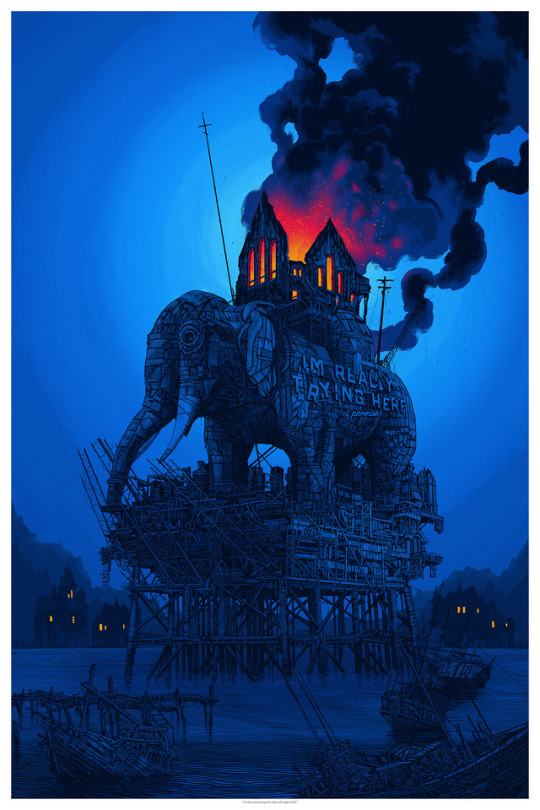
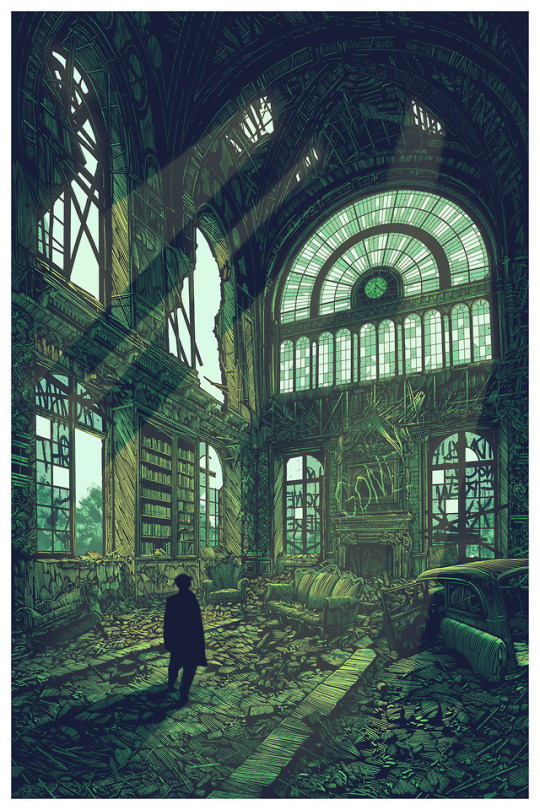

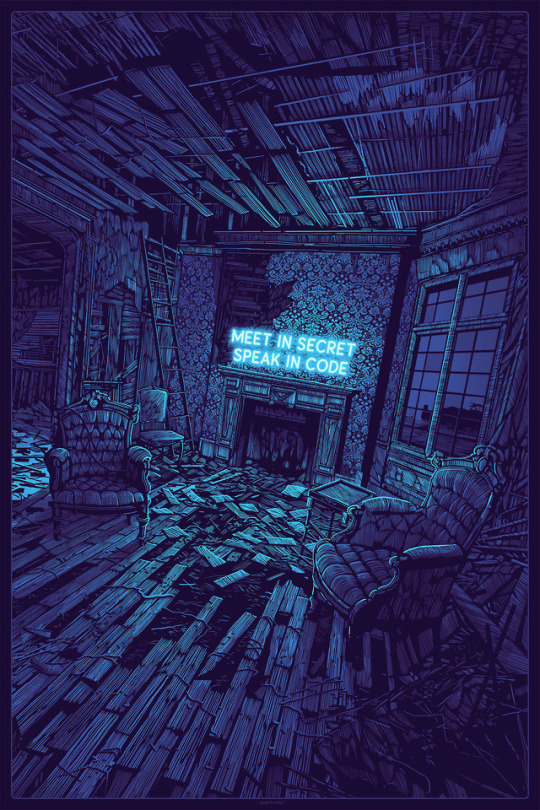
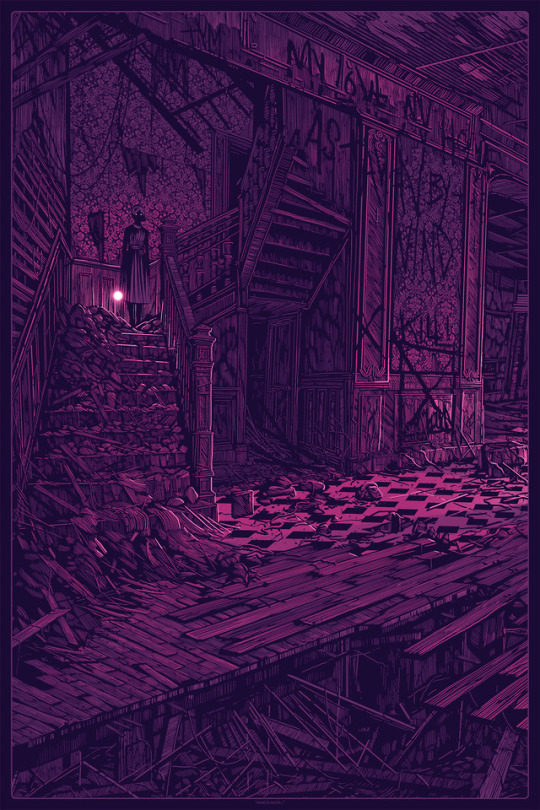
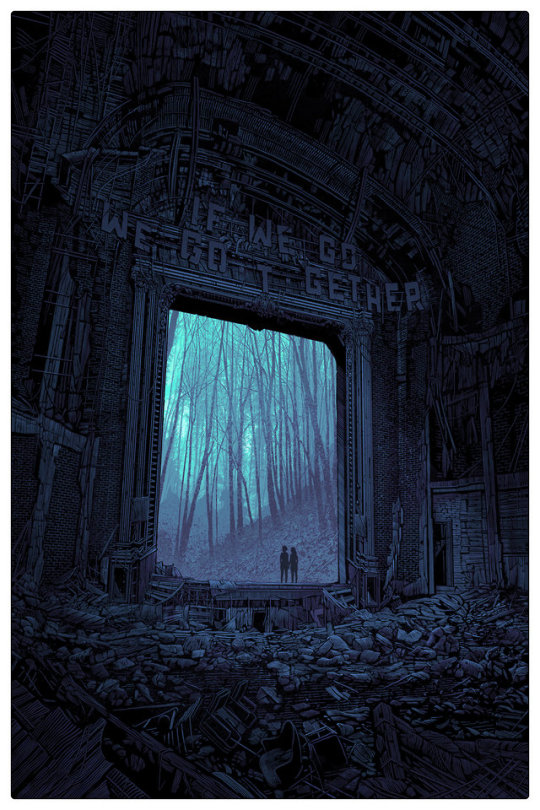
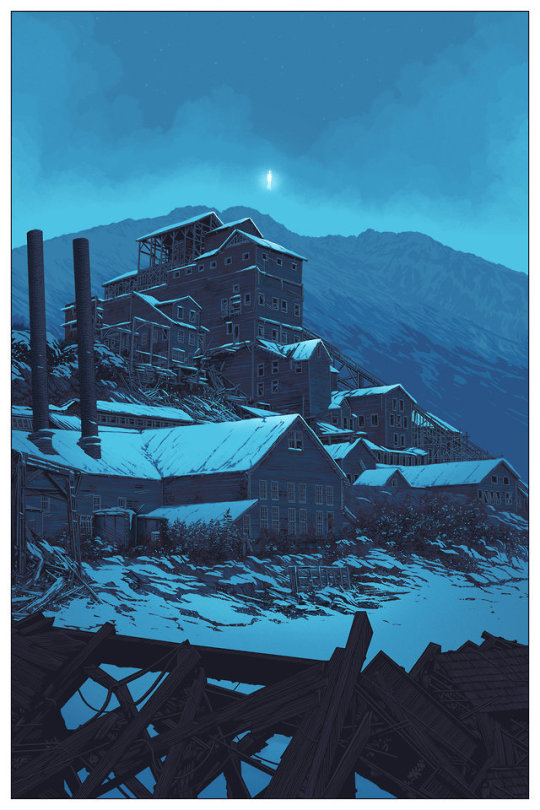
Daniel Danger, Recent Work.
Recent work from the always spectacular Daniel Danger (Previously on Supersonic Art).
-
Be sure to follow Supersonic Art on Instagram!
36K notes
·
View notes
Text
I got 1 task done today. I emptied the big trash can in my bedroom. That's one less fork to deal with.
I have severe executive dysfunction. I've been dealing with it by having myself do one small task a day. So far it's helped a lot. By doing it this way my brain doesn't freak out trying to tackle everything at once.
I got my inspiration for it from this Donald Duck comic:

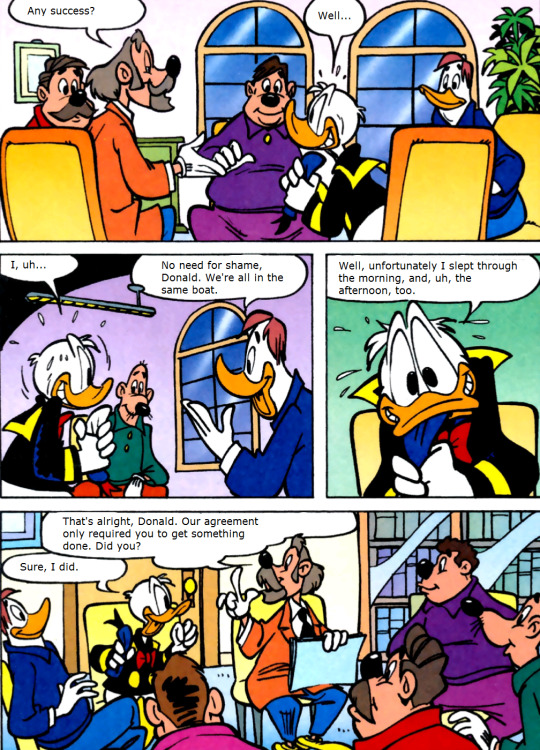


70K notes
·
View notes
Text
you: hey
me: *turns around and accidentally hits you with my comically long plague doctor mask* what
117K notes
·
View notes
Text
I had a thought the other day about how a lot of the time sci-fi/fantasy as a genre has vilified the idea of people taking their meds by saying that if someone has powers, then their meds which help them control the symptoms of their mental illness will stop them being able to use their powers.
And I thought - why not have the person who’s on, say, anti-psychotics, or anti-depressives, or pain medication… why not have their powers go wonky when they haven’t been taking their meds?
Not in a dangerous way, although that isn’t out of the question. Just. “I’m a seer and I take meds for my anxiety, but if I don’t take them, then the only things I see are the worst outcomes, which isn’t helpful.”
Or how about “my ability is to talk to animals, but if I’m off my meds then we can’t understand each other because it’s like there’s too much static.”
Or even, “I can control things with my mind, but when I haven’t been taking my pain meds, my mental control isn’t so good either, so everything starts shaking when I need to be precise.”
“I’m able to see and sense ghosts and spirits and other entities, but if I haven’t been taking my meds then I don’t know which entities are real, and which aren’t. Which has caused some communication issues when I started talking to a chair instead of my friend Xianthiape.”
Things like that, you know? Medication is usually there to do specific things to help people to function better. Let that show in science fiction and fantasy.
The… only thing I’d say not to do, or rather, be careful with, is conditions like ADHD, because having ADHD it’s completely up to the person whether they want to have meds or not. Personally, I really don’t like the idea and wouldn’t want them at all, for example.
3K notes
·
View notes
Text
why are we so lame? we keep bringing back bell bottom jeans every 2 decades. bring back masks, you cowards. i wanna leave my house with black lace over half my face. i want plumage and gemstones. i want the fashion industry to support me in being unrecognizable to 90% of my acquaintance. bell bottoms are out. hiding in plain sight is in.
7 notes
·
View notes
Text
Scifi Rifle: is anti material
Me, horrified: I’m made out of materials
18K notes
·
View notes


